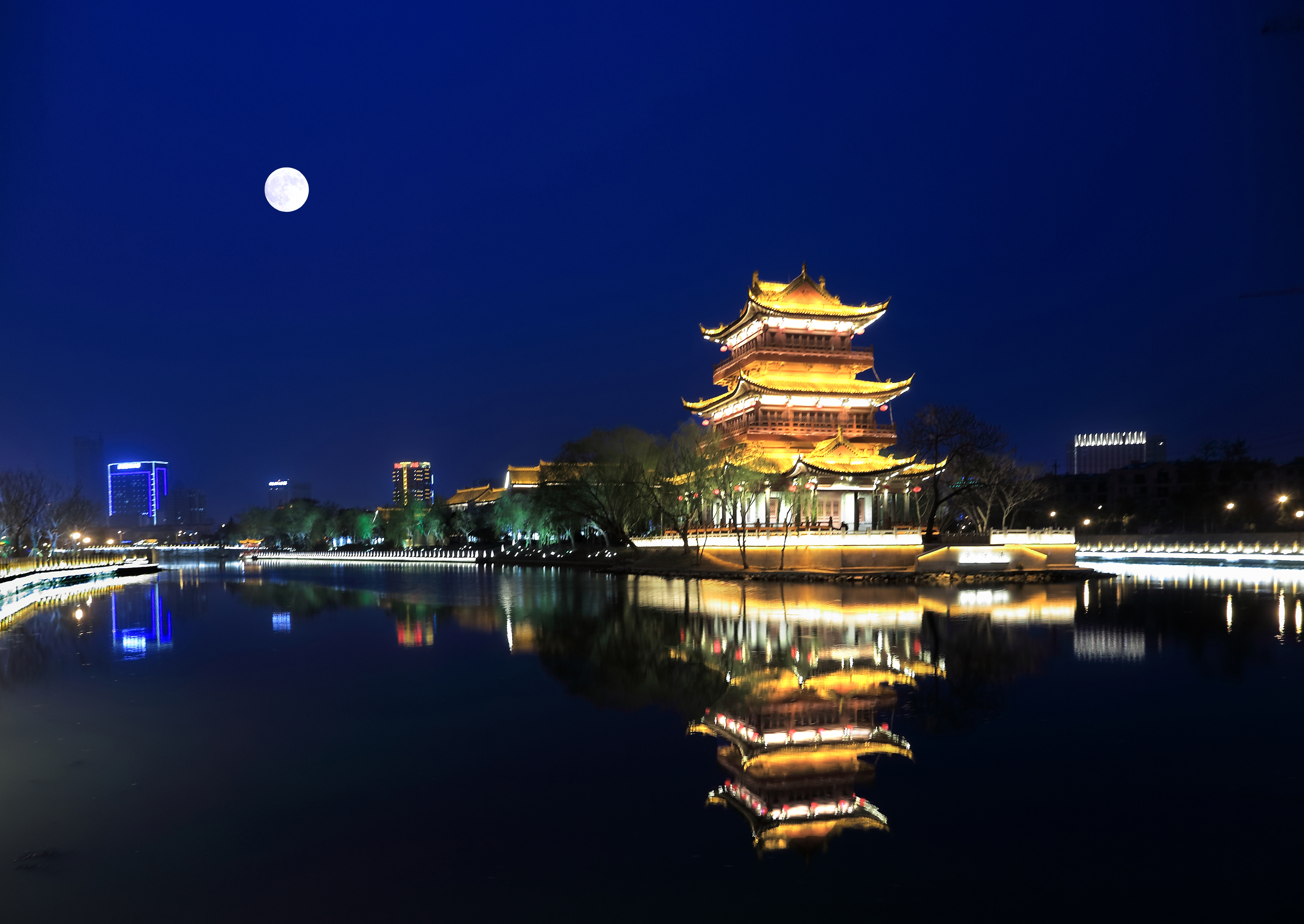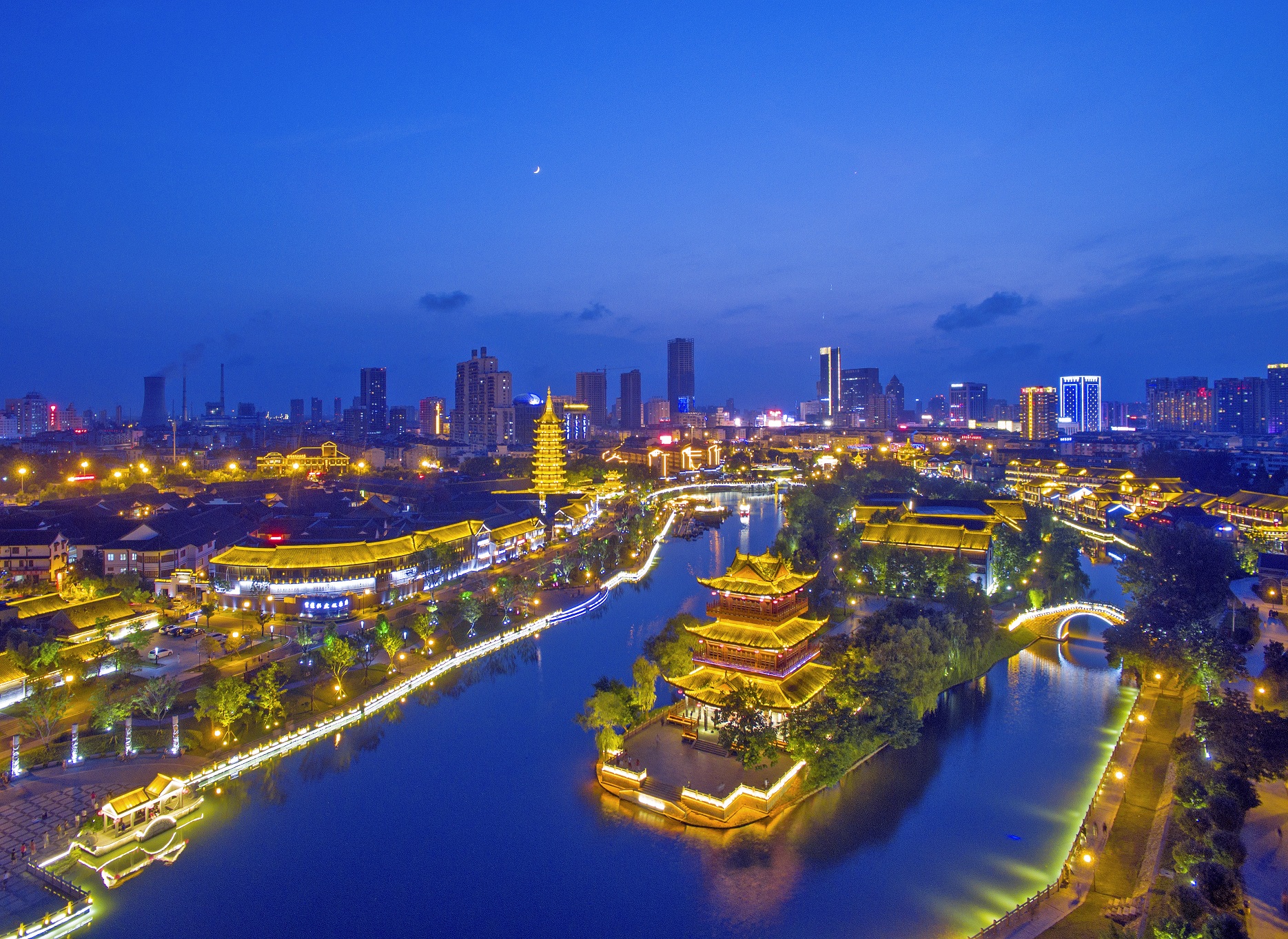The Cultural Corridor of Li Canal, located in Huai’an City, Jiangsu, known as “the capital of China’s canals”, is a national AAAA-class tourist attraction. Li Canal is the earliest excavated section of the Beijing-Hangzhou Grand Canal. As a world cultural heritage, it is the river section with the most relics. It is a witness of ancient emperors’ southern tours, as well as the school days of Premier Zhou Enlai, a great leader in the history of PRC. In June 2017, President Xi gave an important instruction on the construction of the Grand Canal Cultural Belt: “The Grand Canal is a precious heritage left by our ancestors. It is a mobile culture to be protected, inherited, and made full use of in a coordinated manner.” It has injected new vitality to Li Canal. This scenic spot integrates the local cultural characteristics of Huai’an and the waterscape of the ancient canal, boasting both natural landscapes and cultural landscapes. It has distinct characteristics of canal culture and strong local cultural ambience. The stone stele of “Nan Chuan Bei Ma, She Zhou Deng Lu” (literally meaning: boats prevail in the South and horses prevail in the North, go shore after travelling by boat) is the evidence of the prosperity of the past. The cultural relics of the canal, such as the Qingjiang Gate and the Imperial Wharf, are making the capital of canals more solemn and legendary. 

